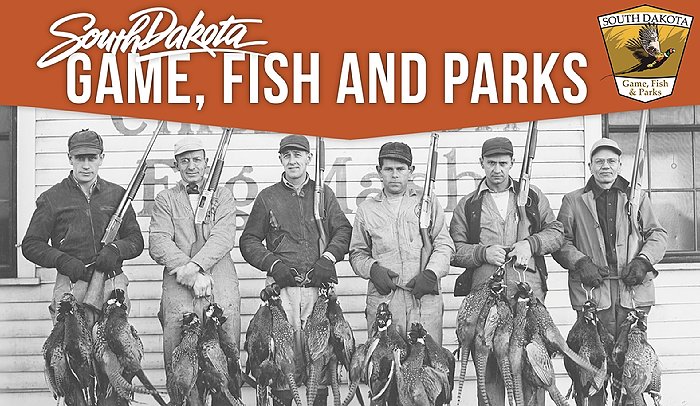 |
This year marks the 101st pheasant season in South Dakota. To celebrate, here are some facts to share with your hunting partners when you are standing around the tailgate.
- The earliest attempts to propagate pheasants in South Dakota were made by Dr. A. Zetlitz, a resident of Sioux Falls, in 1898. These birds, 2 male and 4 female, came from Illinois. After raising about 2 dozen young birds the first year, he released 10 of them at the junction of Split Rock Creek and the Sioux River. Dr. Zetlitz’s birds were seen as far away as Yankton in 1902, but it is believed that hunters harvested most, if not all, of these birds.
- The next attempts to introduce pheasants into South Dakota were made by A.E. Cooper and E. L. Hubbard, farmers and neighbors near Doland,in Spink County in 1908. Their release was followed by Packard, Schalke and Hagman, who released birds that same year near Redfield and A.C. Johnson releasing birds south of Frankfort.
- In 1919 the first pheasant season was held in South Dakota. The one day, Spink County season was held on Oct. 30 with a bag limit of 2 birds. Heavy snow and rain limited the first season’s take to around 200 birds.
- By 1922 the pheasant season had extended to ten counties. Hunters harvested an estimated 15,000 rooster pheasants in one to three day seasons.
- In 1944, the season ran from Sept. 20-Feb. 29. For the 1944 portion of the season, hunters had a 10 bird daily limit, 5 of which could have been hens.
- The traditional 3rd Saturday of October opening day has been in place since 1958.
Don’t forget, this year’s pheasant season runs from Oct. 19. 2019 – Jan. 5, 2020. Visit your local authorized license dealer, or click on the link below to purchase your 2020 small game license.
Get out and enjoy South Dakota’s outdoors this fall, and don’t forget to share your memories on social media by using #SDintheField.





0 Comments